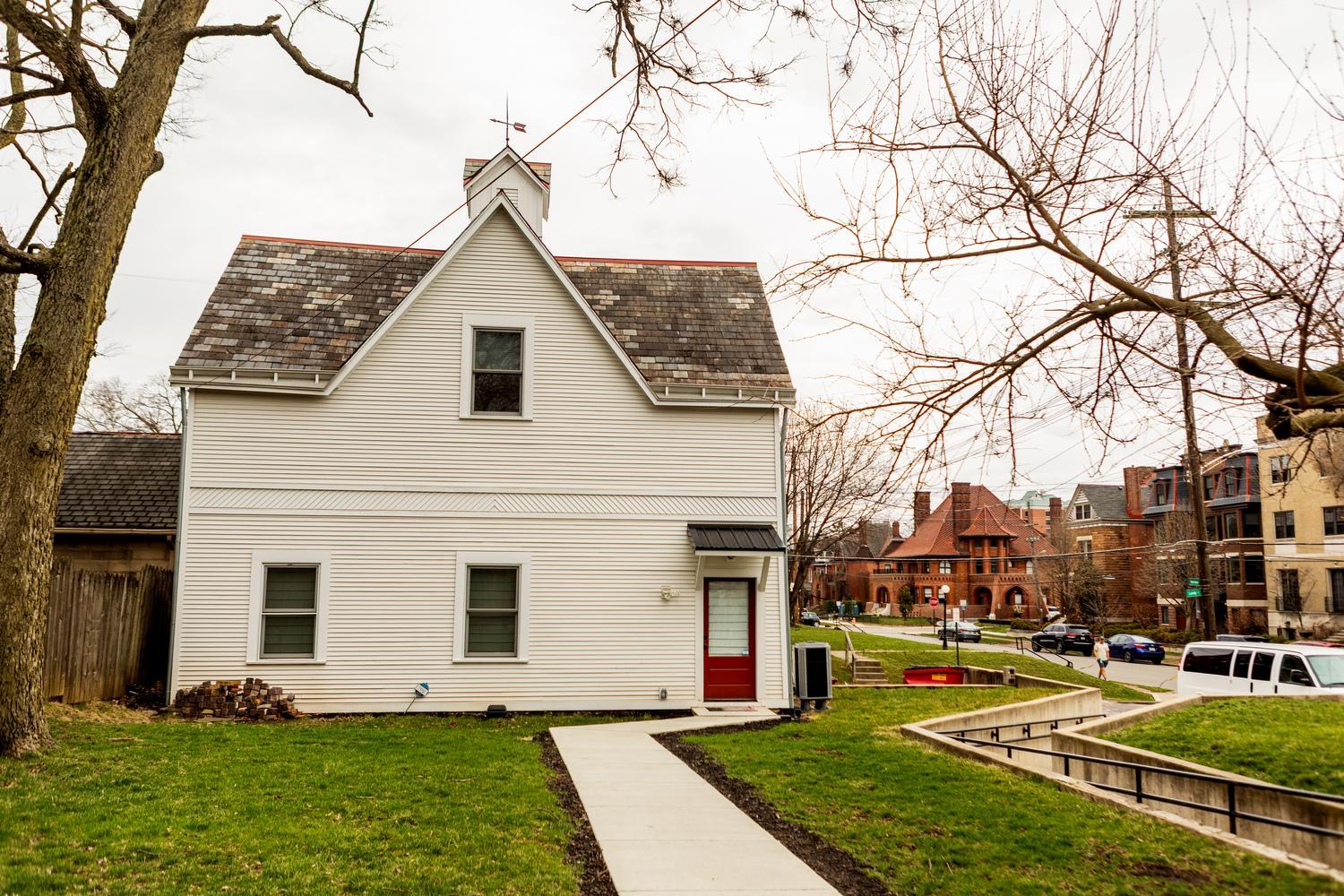Located among the beautiful historic homes in Columbus’ Victorian Village is a place that, for more than half a century, has been a beacon of hope and new beginnings for individuals with substance use disorders.
Founded in 1959, House of Hope is the longest standing long-term substance use disorder provider in Columbus. The nonprofit started from humble beginnings when George Connor, a local service station owner, began opening his shop at night to give men battling alcoholism a place to sleep and to encourage them to seek sobriety. Connor was later approached by a local physician who recommended he purchase the nearby Sells mansion to open a halfway house—which is where House of Hope was born.
Although the organization has evolved over the decades—including expanding services, moving to a new location on Dennison Avenue, and acquiring additional properties for recovery houses—House of Hope’s mission remains the same: to provide a home for treatment and a community for recovery. Today, House of Hope offers short-term stabilization and long-term treatment services for men, as well as outpatient services for both men and women.
“We want our clients to come here and thrive and be successful,” said Carolyn Ireland, CEO of House of Hope.
Oftentimes, clients are referred to House of Hope by probation officers, detox centers, or short-term recovery programs. Other times, individuals learn about the organization through word of mouth from former clients. No matter the starting point, those who are seeking treatment will often begin in the short-term stabilization program, which integrates a 12-step program with evidence-based practices to help clients on their path to recovery.
For those seeking extended treatment, House of Hope provides long-term programming—averaging six months— that helps clients build the skills and tools necessary to maintain their recovery, including employment support, financial literacy courses, and health and wellness programs. According to House of Hope, clients who engage in the organization’s full continuum of care have, historically, had the highest rates of success.

House of Hope's carriage house.
One such client is Kyle Harden, who now serves as Outreach Director for House of Hope. After putting off treatment for years, Harden finally decided to start his path to sobriety. “I would hear people in other treatment centers talk about House of Hope,” Harden explained. “It was called ‘the last house on the block,’ meaning if you’ve been to treatment a bunch of times and you want to give yourself the best possible chance, go to House of Hope.”
Harden is one of many staff members who received treatment at House of Hope before going on to advance their education and careers. In fact, according to Ireland, between 90-95 percent of staff have been clients of House of Hope. Not only does this help create a strong culture of compassion and care—it also serves as an inspiration to current clients.
“It feels like home, and that’s what we want to create for our clients. This is a home for recovery.”
CAROLYN IRELAND, CEO OF HOUSE OF HOPE
“It helps them see that there is life after treatment. I think it’s very helpful for clients to see someone who’s gone through the same thing as them,” said Ireland.
It’s this community of support that has also cultivated engagement among House of Hope alumni, who regularly come together for events, including a monthly brunch where alumni meet with current clients to answer questions and share their recovery journeys. As the organization’s network of alumni grows, House of Hope is planning even more opportunities for alumni to stay connected with the organization.
Over the years, The Columbus Foundation has supported House of Hope through numerous investments, including a grant to help renovate the carriage house (pictured above) located beside one of the organization’s residential facilities. Today, the renovated space is now used to host health and wellness programs, employment services, case management support, and more.
As it looks towards its future, House of Hope continues to combine “tried and true” programs with modern, evidence-based practices such as adventure therapy. Core to the organization’s mission, though, is ensuring that House of Hope remains a welcoming and supportive family-like atmosphere to everyone who walks through its doors.
“It feels like home, and that’s what we want to create for our clients,” said Ireland. “This is a home for recovery.”